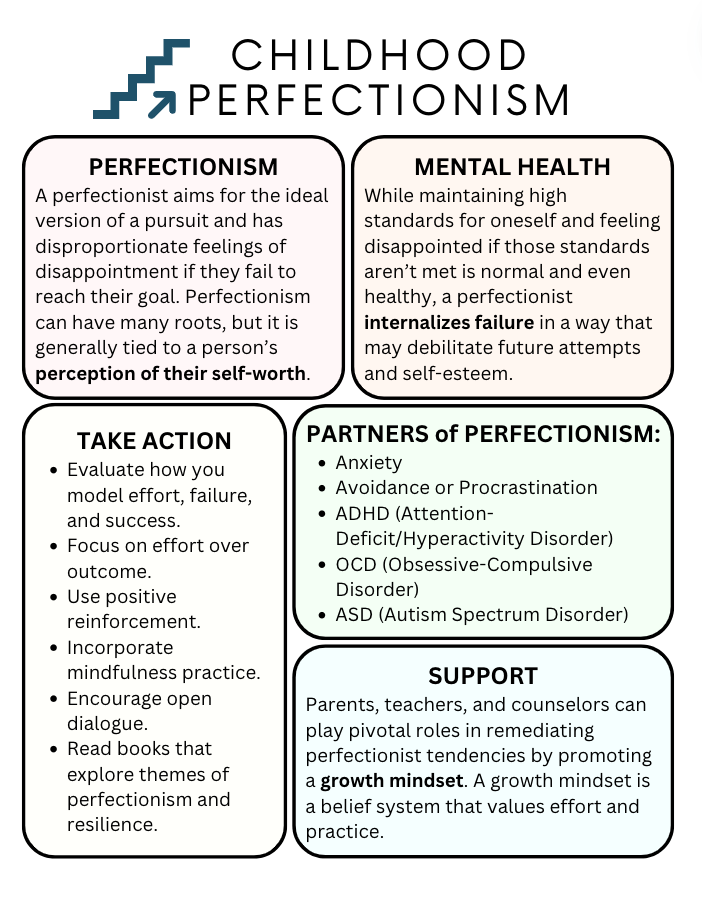Bibliotherapy for Anxiety
How to Use Books to Manage Childhood Anxiety
Understanding Childhood Anxiety
We all experience anxiety and while it can certainly be uncomfortable, anxiety isn’t all bad. It motivates us to prepare, rethink, understand, and use caution. Anxiety is a normal function of the human experience, but it can become untamed.
Anxious kids are often mislabeled as uncooperative or fussy. Sometimes that is the case, but kids can also experience deeply distressing anxious feelings including excessive worry, fearfulness, irritability, and physical symptoms like stomachaches or headaches. The roots of anxiety can be complex and can stem from genetic predisposition, environmental stressors, emotional dysregulation, and traumatic experiences.
What to do: One of the best ways to tame anxiety is to demystify it. We love to encourage kids to explore the feelings, triggers, behaviors, and outcomes of anxiety through bibliotherapy (curated story books paired with inferential reasoning and discussion).
Use the characters and narratives to prompt focused discussion: Why do you think he is acting like that? Have you ever felt like that? What could that character do differently next time? Look at her face, how do you think she is feeling? What could you say or do to help that character feel better?
What is Bibliotherapy?
Bibliotherapy is a therapeutic approach that utilizes literature as a means to address and alleviate emotional, behavioral, psychological, and social challenges. The power of storytelling allows kids to explore those challenges from a safe space within the pages of a book.
Through well-crafted narratives and relatable characters, kids can:
see their own emotions mirrored back to them
learn emotional articulation
step into the shoes of different characters to gain insights into various perspectives
learn applicable problem-solving skills
observe and internalize the ability to persevere in the face of adversity
gain an appreciation of human diversity
Recommended Books for Exploring Anxiety
Our collection of picture books about anxiety is thoughtfully curated with relatable characters and narratives that address fears, worries, and anxious thoughts in a way that is proactive, supportive, and reassuring. These books offer a safe space for children to explore and understand their anxiety while being introduced to coping skills and emotional resilience.
A book that highlights: anxiety, understanding, & confidence.
“When Opal the ostrich is anxious, her neck feels as wobbly as a spaghetti noodle. Her family lovingly calls this “The Noodles,” and tries their best to help. But it’s not easy to calm down when you’re a worrier like Opal—especially when you’re worrying about somebody else’s opinion of you. This light-hearted take on social anxiety is just the right amount silly and sweet—perfect for young children and anyone else who has ever gotten The Noodles.”
A book that highlights: anxiety, feelings, depression, & perseverance.
“Do not worry. Sometimes we go the wrong way on our way to the right way.
It's okay to be afraid or to sometimes wander down the wrong path. Bestselling poet and activist Cleo Wade's What the Road Said features illustrations by Lucie de Moyencourt and encourages us to lead with kindness and curiosity, remembering that the most important thing we can do in life is to keep going.”
A book that highlights: anxiety & confidence.
“Her home is in an abandoned mailbox, and she'd rather stay put. Outside kids scream and soccer balls collide, trees look like monsters, and rain is noisy in a scary kind of way. It's much nicer to stay inside, drawing. But then a young boy drops a letter in Willow's mailbox: it's a note to the moon asking for a special favor. Willow knows that if she doesn't brave the world outside, the letter will never be delivered, and the boy will be heartbroken. Should she try? Can she?
Cat Min delivers a breathtakingly illustrated story about shyness, the power of empathy, and what it means to make a friend.”
A book that highlights: anxiety, shyness, confidence, & friendship.
“Punky loves to do a lot of things—except meeting new friends. She doesn’t feel brave enough. So when her grandmother asks her to go out and grab butter for her famous banana bread, Punky hesitates. But with the help of her grandmother’s magical sunglasses, and with a lot of aloha in her heart, Punky sets off on a BIG adventure for the very first time. Will she be able to get the butter for grandma?
Punky Aloha is a Polynesian girl who carries her culture in her heart and in everything she does. Kids will love to follow this fun character all over the island of O’ahu.”
A book that highlights: anxiety, fear, & resilience.
“When a little girl named Mindi says she is being visited by a big goose—a scary creature that is visible only to her—her devoted dad and mom try everything they can think of to drive it away. But maybe some outside assistance is warranted from their wise friend Austen, a farmer who knows what is needed to help Mindi turn her mind to something new. In a sensitive exploration of childhood fears, Sam McBratney, the author of Guess How Much I Love You, narrates with charm, wit, and a touch of whimsy, while Linda Ólafsdóttir’s delicate illustrations enhance the modern fairy-tale feel in a story that is sure to become a bedtime favorite.”
A book that highlights: anxiety, diverse abilities, resilience, & family.
“Nathaniel, or, as his friends call him, Ninja Nate, has been dressing like a ninja all summer long—even sleeping in his suit. And he doesn’t plan on stopping for his first day of fifth grade, especially when he has been hiding his robotic leg under his ninja costume. His friends may know about his accident, but they’ve never seen the new him. What if they treat him differently?
With the help of his brother, Sensei Charlie, and ninja mom, Mama Mary, maybe Ninja Nate can be part boy, part robot, all Nathaniel!”
A book that highlights: anxiety, perfectionism, & resilience.
“Cora is constantly worrying about everything. Because of this, the Whatifs love her. They sneak up to her and give her all kinds of doubts: big or small, silly or frightening, likely or impossible. As she prepares for an upcoming piano recital, the Whatifs cling on tighter and drag her down, making her anxious about messing up during the concert. Will she be able to change her worry-filled thoughts into hopeful ones?”
See the Full Selection of Children’s Books About Anxiety HERE!
Other Ways to Help Kids Manage Anxiety:
Quiet Coping Skills are subtle but effective ways to privately regulate emotions without attracting scrutiny from others. These techniques aim to interrupt overwhelming feelings by focusing on specific physical tasks and simple mantras. Coping skills don’t eliminate overwhelming feelings, but they do make them more manageable.
Parties or social gatherings often alter our daily routines. This can be especially disruptive to young kids. With anticipated disruptions in mind, these conversation starters promote social skills, confidence, problem-solving, and emotional regulation by helping kids feel heard, understood, and excited about the possibilities that lie ahead. Preparedness in kids (and adults!) contributes to overall well-being and can significantly reduce dysregulated feelings and behaviors.
Try these talking points on the commute to a birthday party or social gathering and observe the positive effects of collaborative preparedness!
Teaching kids mindful breathing exercises goes beyond just calming the mind, it equips them with the power of emotional regulation. These techniques enhance focus, reduce stress, and promote a sense of well-being. By incorporating simple and fun breathing exercises into their daily routine, children can build a foundation for better emotional health, improved concentration, and the ability to navigate life's challenges with a deep breath and a centered mind.
Emotional Freedom Technique (EFT) tapping is a gentle, evidence-based method that combines acupressure with positive affirmations to alleviate stress, anxiety, and emotional challenges. Designed specifically for kids, our tapping infographic offers an actionable way kids can manage their feelings. Through simple tapping on specific points of the body, kids can learn to navigate their emotions, build resilience, and foster a sense of emotional well-being. Done with a parent, this technique can also strengthen parent-child bonding and trust.
A perfectionist aims for the ideal version of a pursuit and has disproportionate feelings of disappointment if they fail to reach their goal. Perfectionism can have many roots, but it is generally tied to a person’s perception of their self-worth and is inherent in anxiety.













